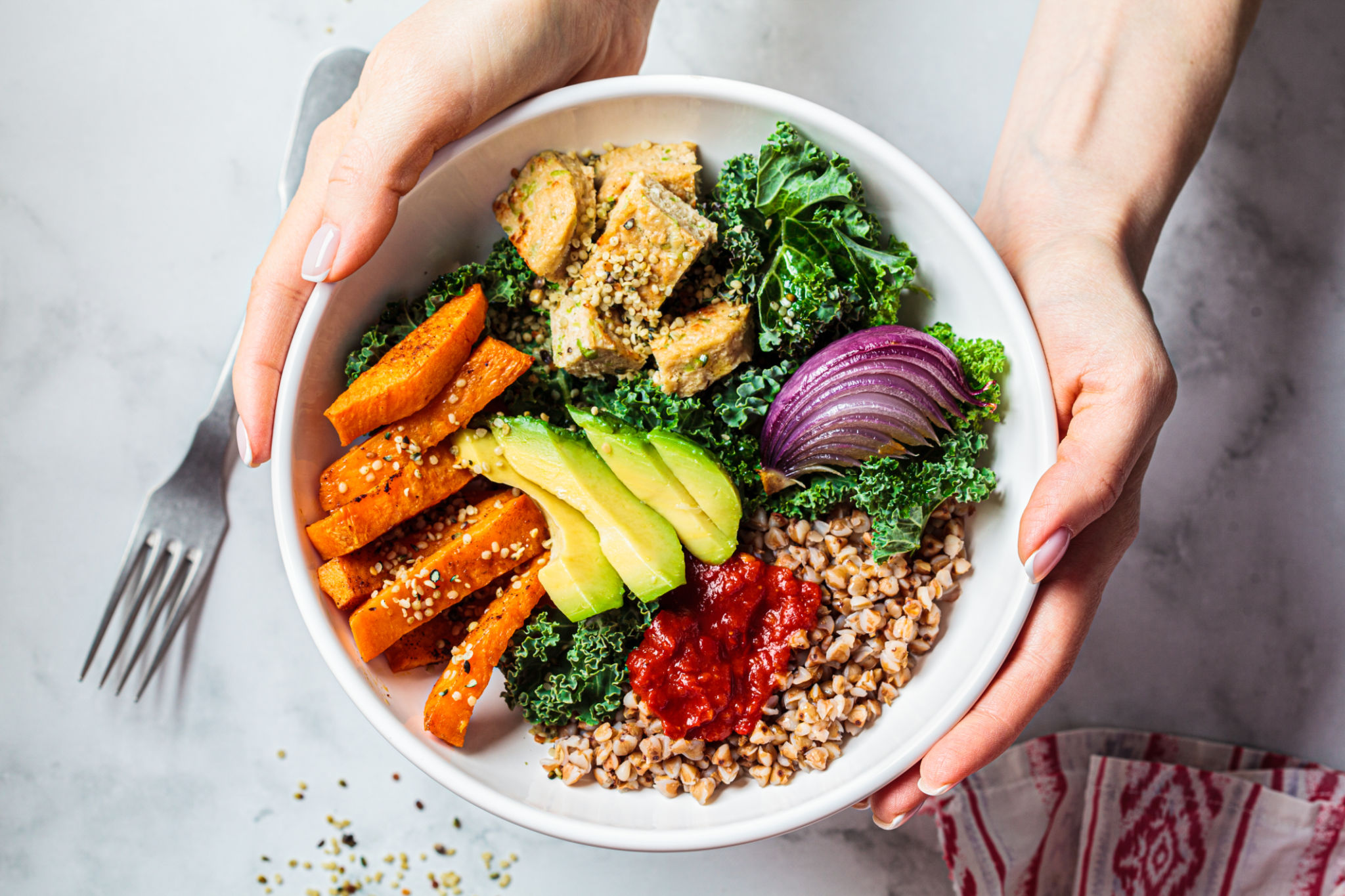Navigating the K-Fit Menu: Understanding Calories and Macronutrients
Understanding the K-Fit Menu
For those embarking on a fitness journey, understanding the nutritional breakdown of your meals is crucial. The K-Fit menu is designed to support individuals by providing meals that are not only delicious but also nutritionally balanced. However, deciphering the details of calories and macronutrients on the menu can be a bit overwhelming. In this guide, we will break down these components to help you make informed choices.

What Are Calories?
Calories are a measure of the amount of energy that food provides. Consuming more calories than your body needs for energy can lead to weight gain, while eating fewer calories than your body burns can lead to weight loss. The K-Fit menu provides calorie information for each dish, allowing you to track your intake easily. Remember, it's not just about counting calories but also about the quality of those calories.
The Role of Macronutrients
Macronutrients are the nutrients required in larger amounts that provide the energy needed to maintain body functions and carry out daily activities. The three main macronutrients are carbohydrates, proteins, and fats. Each of these plays a unique role in your diet and overall health.

Carbohydrates: The Body's Primary Energy Source
Carbohydrates are often misunderstood, but they are essential for providing energy. The K-Fit menu includes a range of carbohydrate sources, from whole grains to fruits and vegetables. It's important to focus on complex carbohydrates, which are broken down slowly by the body, providing sustained energy. When reviewing the menu, look for dishes that feature whole grains and other fiber-rich ingredients.
The Importance of Proteins
Proteins are the building blocks of our bodies, crucial for muscle repair and growth. Every meal on the K-Fit menu includes a source of protein, whether from lean meats, fish, or plant-based options like beans and legumes. Ensuring adequate protein intake can help you maintain muscle mass, especially if you are engaging in regular exercise.

Fats: Not All Are Created Equal
Fats often get a bad reputation, but they are essential for absorbing vitamins and supporting cell growth. The K-Fit menu emphasizes healthy fats such as those found in avocados, nuts, and olive oil. These fats can help reduce inflammation and provide long-lasting energy. It's important to differentiate between healthy fats and those that should be consumed in moderation.
Creating a Balanced Meal
When navigating the K-Fit menu, aim to create balanced meals that include all three macronutrients. A balanced meal can help regulate your appetite and ensure you are getting a wide range of nutrients. Consider using the plate method: fill half your plate with vegetables, one-quarter with lean protein, and the remaining quarter with whole grains or starchy vegetables.
- Choose a variety of foods to get a range of nutrients.
- Adjust portion sizes according to your energy needs.
- Incorporate different textures and flavors to keep meals interesting.
Navigating the K-Fit menu with an understanding of calories and macronutrients empowers you to make choices that align with your fitness goals. By focusing on balance and quality, you can enjoy delicious meals while supporting your health and wellness journey.
